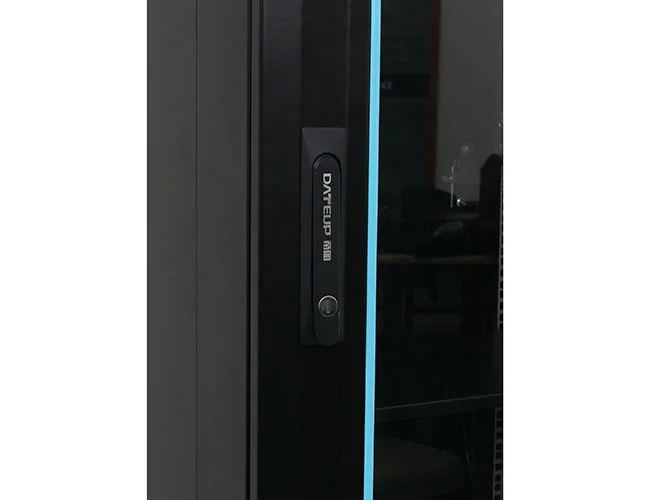News
Site Editor
 Site
https://leonetworkgroup.usa18.wondercdn.com/uploads/image/5fe152faa587d.png
Installing a Fender Patch Panel: A Step-by-Step GuideCar enthusiasts and mechanics are always on the lookout for ways to maintain and repair classic cars without having to spend too much money. One of the most common problems they encounter is rusted fenders. However, by installing a fender patch panel, they can save the car’s original bodywork while adding extra protection against rust.In this ar
Site
https://leonetworkgroup.usa18.wondercdn.com/uploads/image/5fe152faa587d.png
Installing a Fender Patch Panel: A Step-by-Step GuideCar enthusiasts and mechanics are always on the lookout for ways to maintain and repair classic cars without having to spend too much money. One of the most common problems they encounter is rusted fenders. However, by installing a fender patch panel, they can save the car’s original bodywork while adding extra protection against rust.In this ar
How To Install Fender Patch Panel
Views: 565
Author: Site Editor
Publish Time: 2023-07-10
Origin: Site
Installing a Fender Patch Panel: A Step-by-Step Guide
Car enthusiasts and mechanics are always on the lookout for ways to maintain and repair classic cars without having to spend too much money. One of the most common problems they encounter is rusted fenders. However, by installing a fender patch panel, they can save the car’s original bodywork while adding extra protection against rust.
In this article, we will provide a step-by-step guide on how to install a fender patch panel properly:
What you’ll need:
• Fender patch panel
• Deburring tool
• Drill
• Sheet metal cutter
• Sheet metal brake
• Welder
• Grinder
• Polisher
• Rust converter
• Primer
• Paint
Step 1: Remove the Fender
Remove the old fender by unscrewing the bolts holding it in place. You can use a drill to help remove the bolts. You also need to remove the trim, hood, and grill if necessary.
Step 2: Measure the New Fender Patch Panel
Once you have the old fender out of the way, position the new fender patch panel over the damaged area, and mark the panel’s outline using a permanent marker. Cut the patch panel a little outside of the marked line. Test fit the patch panel on the car to ensure it is the perfect match.
Step 3: Prepare the Fender
Using a deburring tool, clean all the edges of the fender and remove any sharp edges that can cause injury. Then, use a sheet metal cutter to remove any rusted metal in the area where you will be installing the patch panel.
Step 4: Bend the Fender
If your patch panel is not pre-formed, you need to bend it to fit the curve of your fender. Use a sheet metal brake to bend the patch panel into the shape you need. Ensure that it fits tightly against the fender curvatures.
Step 5: Place the Patch Panel on the Fender
Apply a rust converter on the bare metal areas to prevent rust from building on the surface. Then place the patch panel on the fender and align it correctly, where the panel meets the fender using clamps. Drill into the panel and fender together, where they overlap.
Step 6: Weld the Patch Panel
After clamping the patch panel, weld it to the car’s body. You can use a mig welder if it is available, or you can seek the services of a professional welder. Be sure to grind the weld area after welding to flatten the seam (that is, the surface around the weld).
Step 7: Smooth the Patched Area
Finally, use a polishing tool to smoothen out the patched area until it blends with the surrounding surface. Afterward, apply primer to protect and prep the surface for paint. Then, paint the fender to converge with the rest of the car body.
Conclusion:
With this guide, you can now install a fender patch panel to help you save time and money while also protecting your car from rust issues. Remember that proper installation of the fender patch panel is essential, so follow these steps carefully, or you can seek the help of a professional mechanic for assistance.
If you want to know more about industrial network cabinet,china fiber optic splice closure,china fiber optic distribution box,please consult the fiber optic splice closure factory









